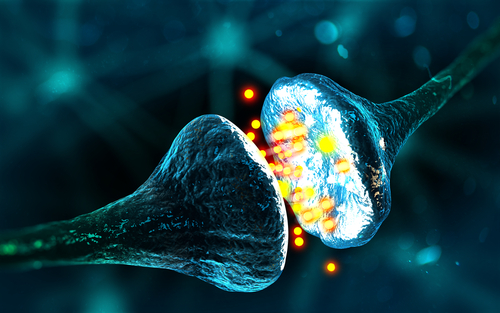Fewer small nerve fibers in the skin is indicative of more severe disease among people with fibromyalgia, and may mark those with skin innervation as having a particular disease subtype meriting special attention, a new study suggests.
“Reduction of skin innervation is associated with a severe fibromyalgia phenotype” was published in the Annals of Neurology.
Small fibers are little nerves in the skin that are important for sensing things like touch, heat, and pain. Research suggests that these nerve fibers might play a role in fibromyalgia or affect how patients respond to treatment, but few studies have directly addressed this question.
A team led by researchers at the University of Würzburg recruited 117 female adults with fibromyalgia to their center in Germany. For comparison, they also recruited 120 age-matched individuals without fibromyalgia and 11 people with chronic widespread pain linked to major depressive disorder (MD-P).
All were women and all underwent full neurological examinations. The researchers also took skin biopsies, and assessed the prevalence and health of the patients’ small fibers with a battery of tests.
In total, 63% of fibromyalgia patients had abnormally low small fiber innervation in at least one biopsy site. In contrast, only 18% of the healthy controls showed low numbers of small nerve fibers, as did just one of the those (9%) with the depressive disorder. This suggests that small fiber abnormalities are commonplace among people with fibromyalgia.
Interestingly, in fibromyalgia patients’ corneas (the transparent front part of the eye), there was also reduced innervation as compared to either MD-P patients or unaffected controls. This “indicates widespread neurodegeneration” in these patients, the researchers wrote, although the mechanisms that drive such degeneration remain unclear.
The team then divided the fibromyalgia patients into groups based on whether they had reduced small fiber innervation or not. Intriguingly, those with reduced innervation had more severe disease than those with normal innervation across a range of measures: they reported significantly more pain, more severe impairment of everyday living, more anxiety, and higher scores on the Fibromyalgia Impact Questionnaire (FIQ), a measurement of the impact of fibromyalgia on quality of life.
The researchers speculate that fibromyalgia patients might be missing fibers that normally lower pain signals, or that having fewer of these fibers makes existing fibers more sensitive to painful stimuli. More study is needed to understand this relationship. It’s also important to note that this study was not designed to establish a cause-and-effect relationship; from the data, it is equally plausible that having more severe fibromyalgia leads to having fewer small fibers, not the other way around.
“[A]dvanced skin denervation is associated with a more severe FMS phenotype and symptom load paralleled by a generalized neurodegenerative process also reflected by accompanying corneal denervation,” the researchers concluded. “This knowledge substantially impacts diagnostic classification of FMS and may open new avenues for targeted treatment of FMS.”

